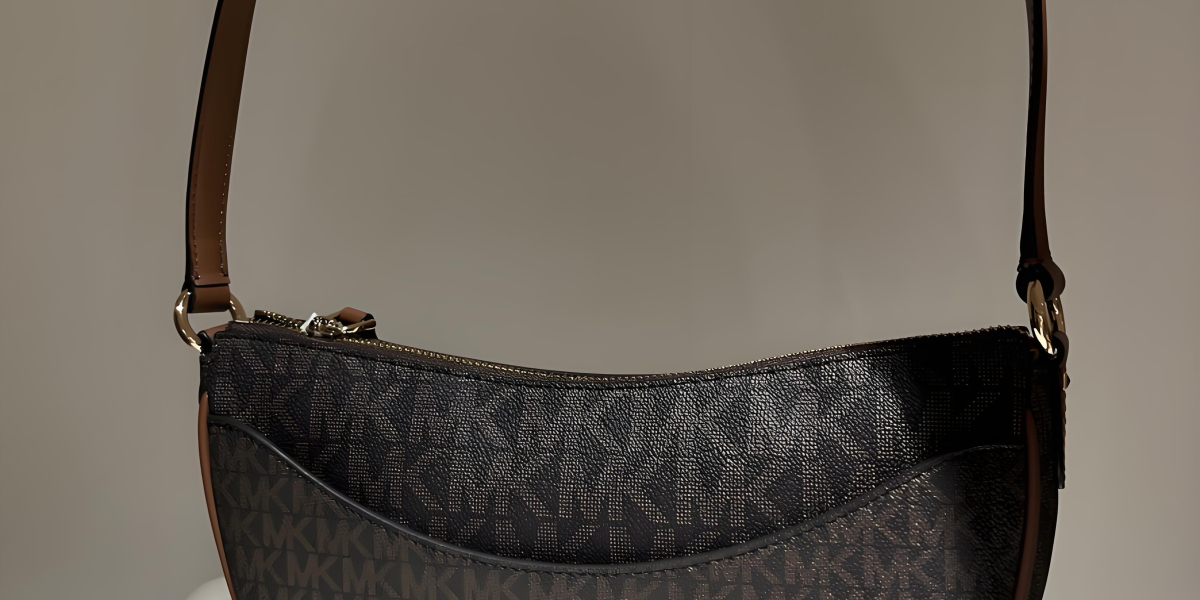Unlock the Secret to Stunning Photography with the Perfect Smartphone Lens!
In today's world, capturing memories through photography has become an essential part of our lives, thanks to the convenience of smartphones. The ability to take high-quality pictures with just a device in your pocket has led to an explosion in mobile photography. However, while most smartphones come equipped with decent cameras, the right lens can significantly elevate your image quality. Whether you're aiming for stunning landscapes, intimate portraits, or intricate close-ups, the addition of an external smartphone lens can be a game-changer. With the growing trend of mobile photography, ensuring your images are sharp and vibrant is more important than ever. In this article, we will explore the various factors you should consider when choosing the best smartphone lens for sharp images, allowing you to step up your photography game.

Understanding Smartphone Lenses
Smartphone lenses are external attachments that enhance the capabilities of your smartphone's built-in camera. They function by altering the way light enters the camera, allowing for a wider range of photographic styles and effects. There are several types of smartphone lenses available, each serving distinct purposes. Wide-angle lenses are perfect for capturing expansive landscapes or group shots, allowing you to fit more into the frame without stepping back. Macro lenses excel in capturing intricate details of small subjects, making them great for nature photography or product shots. Telephoto lenses are ideal for portraits or wildlife photography, providing a zoom effect that helps isolate subjects from their background. Understanding these different lens types and their specific uses is crucial for selecting the best smartphone lens to achieve sharp and stunning images.
Key Features to Look For in a Lens
When selecting a smartphone lens for sharp images, several essential features should guide your decision. First and foremost is the aperture size; a larger aperture allows more light to enter, which can improve image quality, particularly in low-light conditions. Additionally, the material quality of the lens is vital—opt for lenses made from high-quality glass rather than plastic, as this can significantly impact sharpness and clarity. Ease of use is another important factor; look for lenses with simple attachment mechanisms that don't require complicated setups. These features collectively influence the sharpness of your images and enhance your overall photography experience. By paying attention to these details, you can ensure that the lens you choose will help you capture breathtaking photos.
Benefits of Using External Lenses
Utilizing external lenses offers numerous advantages over relying solely on built-in smartphone cameras. One of the primary benefits is improved image quality; external lenses often have better optics and allow for greater control over the composition of your shots. Additionally, they provide versatility—having a variety of lenses means you can adapt to different shooting scenarios, whether you're shooting a sprawling cityscape or a delicate flower petal. For instance, I remember a friend who captured stunning portraits using a telephoto lens during a local event, showcasing how external lenses can help you achieve professional-looking results. Moreover, external lenses can inspire creativity, pushing you to try new techniques and perspectives that you might not consider with your smartphone alone. This expanded creative potential is what makes investing in a quality smartphone lens worthwhile.
Tips for Achieving Sharp Images
To maximize the use of your smartphone lens and ensure sharp photography, there are several practical tips to keep in mind. First, stabilizing your camera is paramount; using a tripod or resting your phone on a stable surface can greatly reduce blur caused by shaky hands. Proper lighting is also crucial—natural light often yields the best results, so try to shoot during the golden hours of sunrise or sunset when the light is soft and warm. Additionally, pay attention to composition; framing your subject thoughtfully can enhance the overall impact of your images. Experiment with angles, leading lines, and negative space to create visually appealing photographs. Lastly, don’t hesitate to practice and explore different settings; the more you experiment, the more you'll discover what works best for achieving those sharp images you desire.
Final Thoughts on Choosing the Right Smartphone Lens
In summary, selecting the right smartphone lens is a crucial step towards achieving stunning photography. By understanding the different types of lenses and their key features, you can make informed choices that enhance your photography skills. Whether you're looking to capture breathtaking landscapes or intricate details, the right lens can make all the difference. Remember to utilize practical tips for sharp images, allowing you to maximize your smartphone's potential. So, venture out, explore your options, and experiment with different lenses to unlock your creative vision and elevate your photography to new heights!








